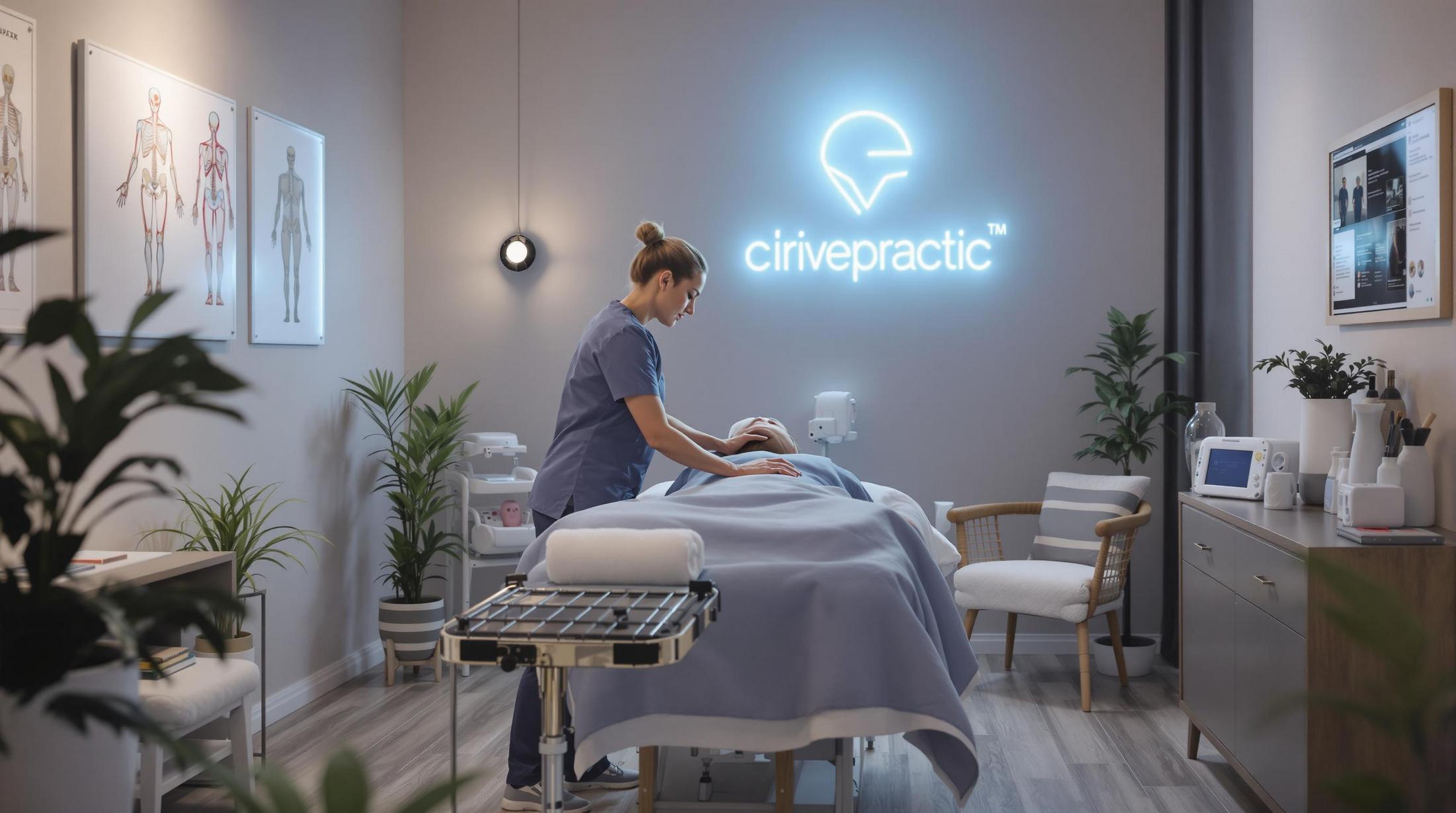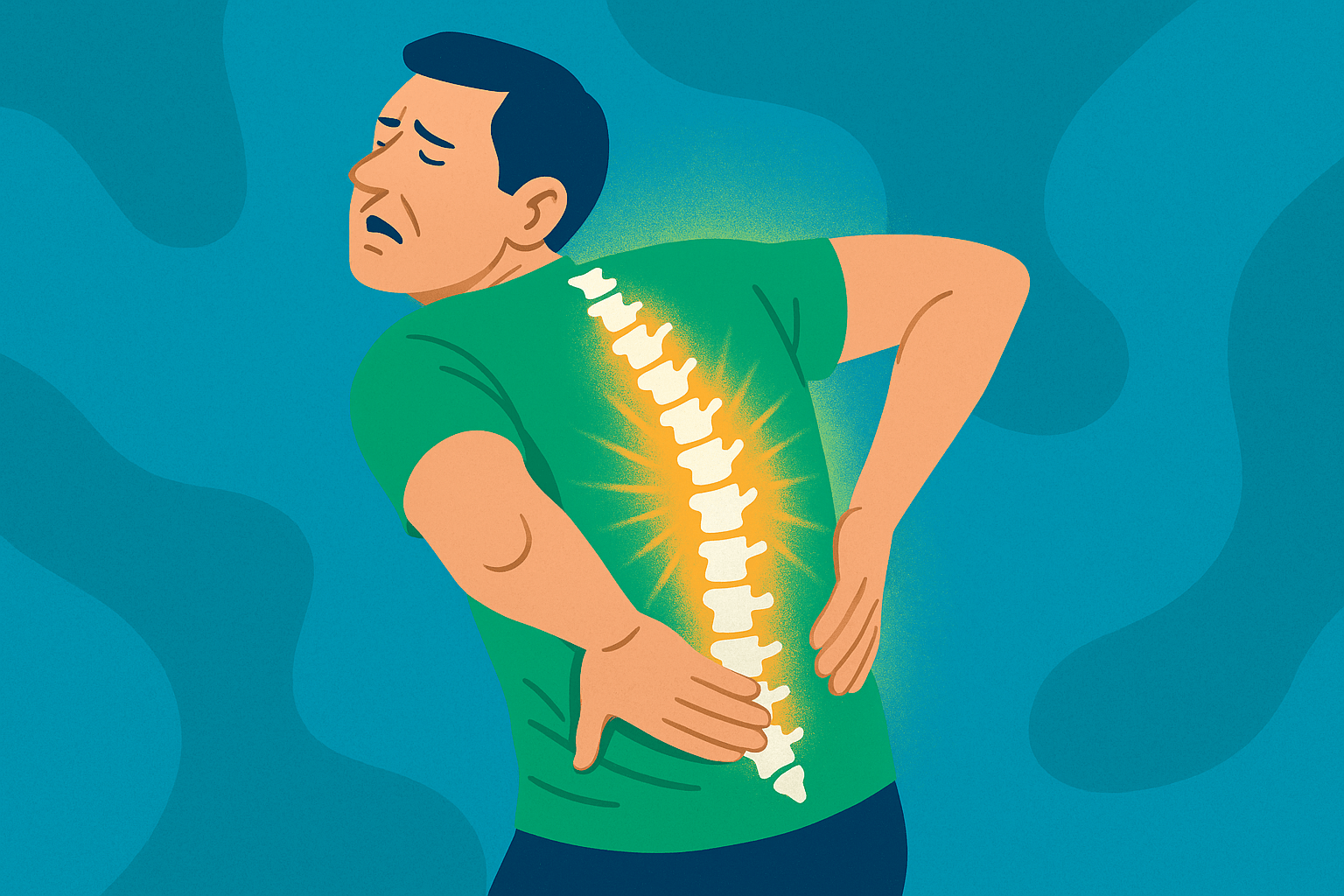TMJ disorder—short for temporomandibular joint disorder—isn’t just about jaw pain. It’s a complex condition that can manifest as headaches, earaches, neck tension, and even chronic fatigue. And surprisingly, your posture might be making it worse.
In our tech-heavy, screen-obsessed world, poor posture is rampant. What many don’t realize is that a slouched spine and forward head position can shift the alignment of the jaw, exacerbating or even causing TMJ issues. Studies now suggest that musculoskeletal alignment—including your posture—plays a significant role in jaw function and long-term TMJ relief.
So, let’s break down what’s really going on behind your jaw clicks and clenching.
Jump to:
TLDR – Quick Guide
- Poor posture = jaw misalignment: Forward head posture can stress the TMJ.
- Spine and jaw are connected: The spine influences the skull’s position—and the jaw hinges from there.
- Postural correction may relieve TMJ symptoms: Techniques like Advanced BioStructural Correction™ (ABC) show promising results.
- Desk posture, sleep, and stress matter: They’re all posture influencers that impact TMJ health.
- You can fix this: With better alignment, lifestyle tweaks, and professional support, relief is possible.
Detailed Breakdown
1. What is TMJ Disorder, Really?
TMJ disorder affects the hinge that connects your jaw to your skull. It can cause:
- Jaw pain or tightness
- Clicking or popping sounds
- Headaches or facial discomfort
- Limited mouth movement
The National Institute of Dental and Craniofacial Research estimates that over 10 million Americans suffer from TMJ disorders—and most don’t realize posture might be a root cause.
2. How Posture Impacts Jaw Alignment
When you hunch forward (looking at your phone, anyone?), your head shifts ahead of your spine, throwing off the balance of muscles that control the jaw. The result?
- Increased strain on the TMJ
- Misalignment of the jaw and skull
- Tightened neck and facial muscles that aggravate jaw movement
A study published in Journal of Oral Rehabilitation found that forward head posture correlates strongly with TMJ dysfunction.
3. The Role of the Spine and ABC
Here’s where things get interesting. The spine sets the foundation for your skull’s position. If your spine is out of alignment, your head tilts or shifts—and your jaw follows.
That’s where Advanced BioStructural Correction™ (ABC) comes in. Used by practitioners like Upright Posture, ABC aims to correct full-body posture, not just chase symptoms. For TMJ sufferers, this often means reduced pressure, better jaw movement, and less pain.
4. Sleep, Stress, and Desk Habits
Even the best adjustments won’t stick if your daily habits undermine them. Watch out for:
- Sleeping on your stomach—it torques your jaw and neck
- Teeth grinding (bruxism)—often a stress response, worsened by poor posture
- Prolonged laptop use without support—slumps your spine and stresses your jaw
Ergonomic tweaks, mindfulness, and stress relief all play a role in TMJ recovery.
5. Getting Help That Works
If you’ve been stuck in a cycle of splints, pain meds, and night guards, it’s time to go deeper. Look for professionals trained in:
- Posture correction techniques
- Chiropractic approaches like ABC
- Myofascial release or craniosacral therapy
The fix isn’t always in your jaw—it might be in your spine.
Key Takeaways
- Poor posture and TMJ disorder are closely linked—especially through forward head posture.
- Your spine affects the alignment of your skull, and that affects your jaw.
- Real, lasting relief often involves whole-body correction, not just jaw treatments.
- Habits like your sleep position, stress level, and desk ergonomics matter too.
- Advanced techniques like ABC offer promising long-term solutions.
FAQs
1. Can poor posture really cause TMJ disorder?
Yes. Forward head posture can shift your jaw’s position, creating strain on the TMJ and triggering or worsening symptoms.
2. What are signs that my posture is affecting my jaw?
If you notice jaw pain after sitting at a desk, frequent headaches, or a clicking sound when you open your mouth, posture could be playing a role.
3. Is posture correction enough to fix TMJ disorder?
For many, posture correction—especially with techniques like ABC—can significantly reduce TMJ symptoms. However, results vary and often depend on consistent lifestyle changes.
4. Should I see a dentist or a posture specialist for TMJ?
Both can help. A dentist may address bruxism or bite issues, while a posture specialist can correct structural imbalances affecting your jaw.
5. What’s the fastest way to get TMJ relief at home?
Try gentle jaw stretches, maintain good posture, apply heat to tense muscles, and avoid gum or chewy foods. Long-term relief often requires addressing posture.






